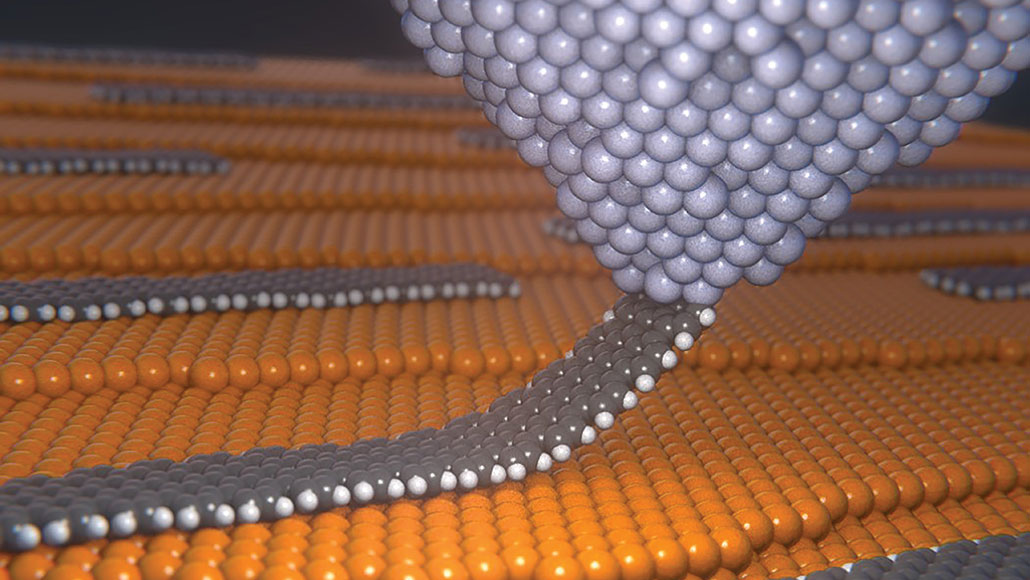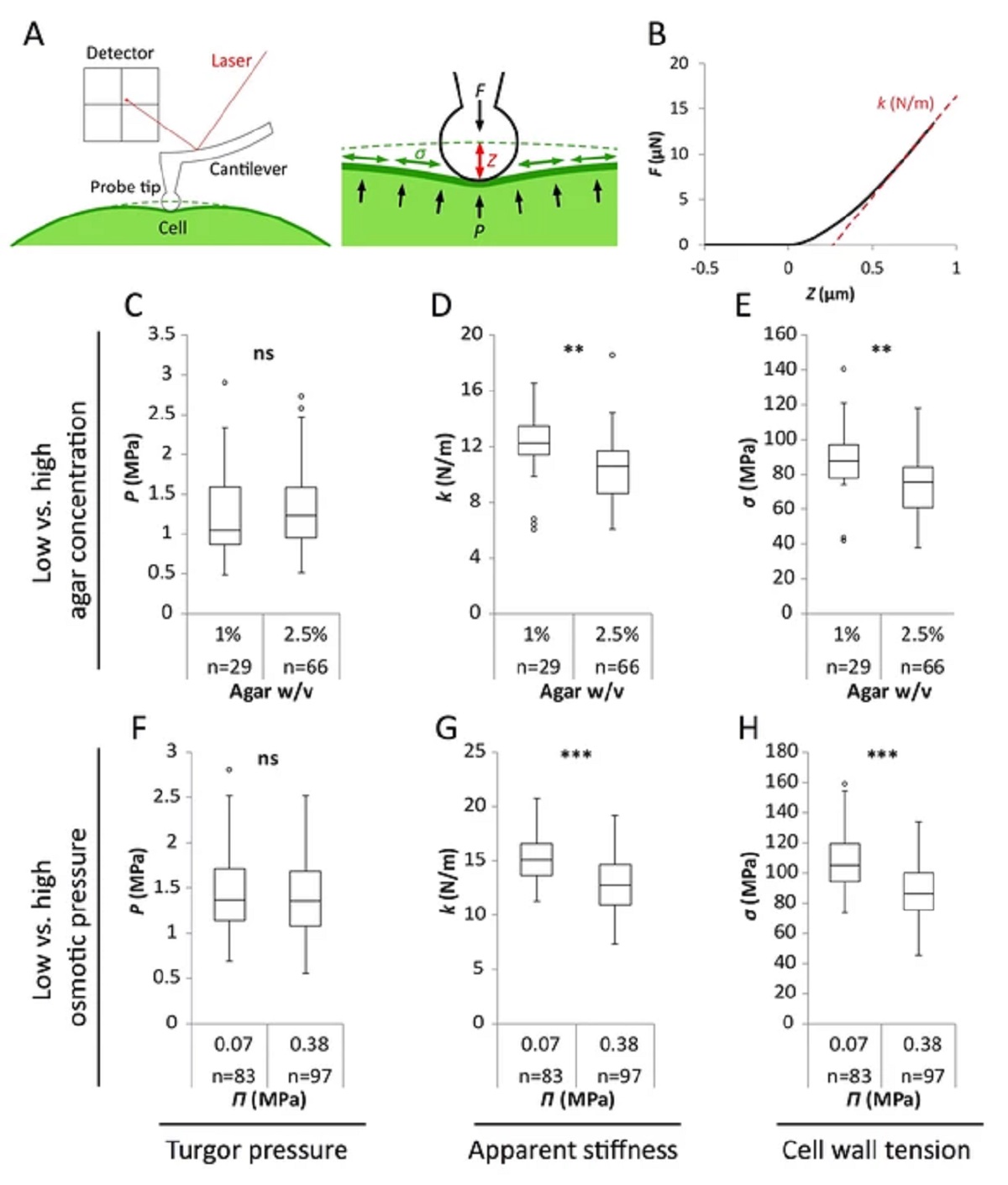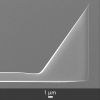

BudgetSensors® MagneticMulti75-G used in a recent study!Mon Sep 16 2019




Don't miss your chance to stop at NanoAndMore Japan booth in Chiba today!Thu Sep 05 2019


Visit us at JASIS 2019 this week – NANOSENSORS™Wed Sep 04 2019


Real-Time Observation of Fibrous Zeolites Reactivity in Contact with Simulated Lung Fluids (SLFs) Obtained by Atomic Force Microscope (AFM)Wed Sep 04 2019
Inhalation of fibrous erionite particles has been linked to malignant mesothelioma. Accordingly, erionite is considered the most carcinogenic mineral. The reactivity and the nature of erionite biotoxicity has been the subject of intensive research. Despite very close chemical and structural relationships between erionite and offretite, the reactivity of offretite in lung fluids remains unknown.* In their paper “Real-Time Observation of Fibrous Zeolites Reactivity in Contact with Simulated Lung Fluids (SLFs) Obtained by Atomic Force Microscope (AFM)”, Matteo Giordani, Georgia Cametti, Fulvio Di Lorenzo and Sergey V. Churakov investigate the interaction of erionite and offretite surfaces with simulated lung fluids by means of in situ atomic force microscope (AFM).* The outcomes presented in the paper mentioned above represent an important step in understanding the complex processes occurring at the surfaces of mineral fibres that could be involved in the toxicological pathway.* The topography scans were performed in tapping mode with a NanoWorld Arrow-UHFAuD https://www.nanoworld.com/ultra-high-frequency-afm-tip-arrow-uhf-aud AFM probes under different experimental conditions. To better discriminate the role of the tip from the actual fluid-surface interaction, additional measurements were performed in air and in water in contact mode using an Al-coated NanoWorld Arrow-CONTR https://www.nanoworld.com/contact-mode-reflex-coated-afm-tip-arrow-contr AFM cantilever. Please have a look at the NanoWorld blog for the full citation and a direct link to the full paper. #offretite #biotoxicity #SurfaceInteraction #AtomicForceMicroscopy

We’re at JASIS 2019 – you too?Wed Sep 04 2019
We’re at JASIS 2019 – you too?
https://www.nanoworld.com/blog/were-at-jasis-2019-you-too/
You’re welcome to visit us @NanoAndMore Japan https://www.nanoandmore.jp/ booth 6A-402 at #JASIS2019 from September 4-6th, 2019 at Makuhari Messe, Japan to learn more about NanoWorld high quality #AFM probes for #AtomicForceMicroscopy and #ScanningProbeMicroscopy #AFMプローブ #原子間力顕微鏡


Come and visit NanoAndMore Japan at JASIS2019Tue Sep 03 2019


NanoAndMore ジャパン がJASIS 2019に出展Tue Sep 03 2019


Launching of hyperbolic phonon-polaritons in h-BN slabs by resonant metal plasmonic antennasWed Aug 28 2019
New post - Launching of hyperbolic phonon-polaritons in h-BN slabs by resonant metal plasmonic antennas has been published on NanoWorld Blog.
https://www.nanoworld.com/blog/
Launching and manipulation of polaritons in van der Waals materials offers novel opportunities for applications such as field-enhanced molecular spectroscopy and photodetection.* Particularly, the highly confined hyperbolic phonon polaritons (HPhPs) in h-BN slabs attract growing interest for their capability of guiding light at the nanoscale. An efficient coupling between free space photons and HPhPs is, however, hampered by their large momentum mismatch.* In the article “Launching of hyperbolic phonon-polaritons in h-BN slabs by resonant metal plasmonic antennas” P. Pons-Valencia, F. J. Alfaro-Mozaz, M. M. Wiecha, V. Biolek, I. Dolado, S. Vélez,P. Li, P. Alonso-González, F. Casanova, L. E. Hueso, L. Martín-Moreno, R. Hillenbrand and A. Y. Nikitin show that resonant metallic antennas can efficiently launch HPhPs in thin h-BN slabs. Despite the strong hybridization of HPhPs in the h-BN slab and Fabry-Pérot plasmonic resonances in the metal antenna, the efficiency of launching propagating HPhPs in h-BN by resonant antennas exceeds significantly that of the non-resonant ones. Their results provide fundamental insights into the launching of HPhPs in thin polar slabs by resonant plasmonic antennas, which will be crucial for phonon-polariton based nanophotonic devices.* A commercial s-SNOM setup in which the oscillating (at a frequency Ω≅270kHz) metal-coated (Pt/Ir) AFM tip (NanoWorld ARROW-NCPt) was illuminated by p-polarized mid-IR radiation, was used.* https://www.nanoworld.com/tapping-mode-platinum-coated-afm-tip-arrow-ncpt Please have a look the NanoWorld blog for the full citation and a direct link to the full paper.


ChinaNano 2019 Beijing August 17-19, Booth 218Sat Aug 17 2019


NANOSENSORS proudly sponsors Asia-Pacific PFM 2019 workshopMon Aug 12 2019




The Skeptics' Guide to the UniverseFri Aug 02 2019


Happy Birthday SwitzerlandThu Aug 01 2019



















